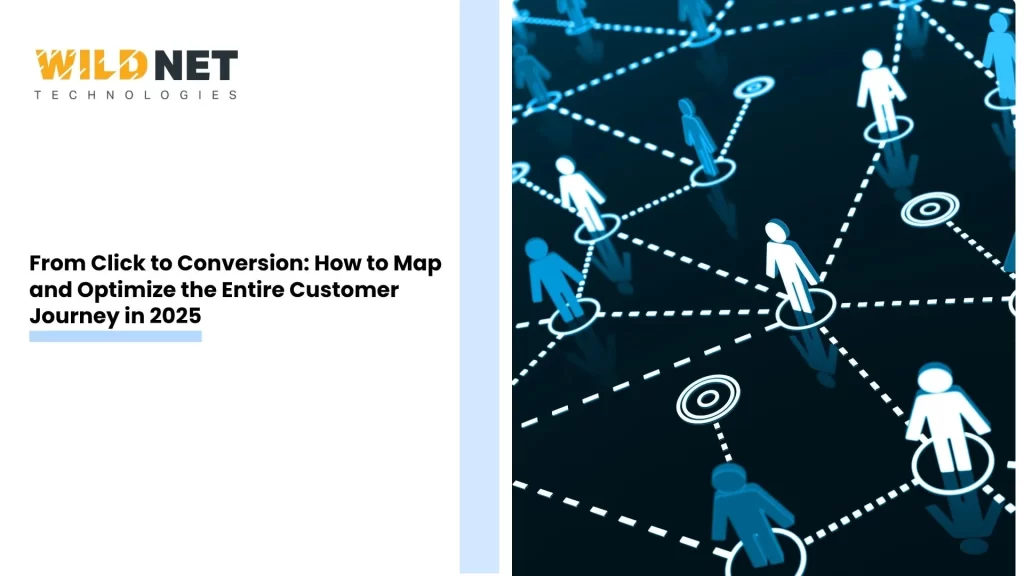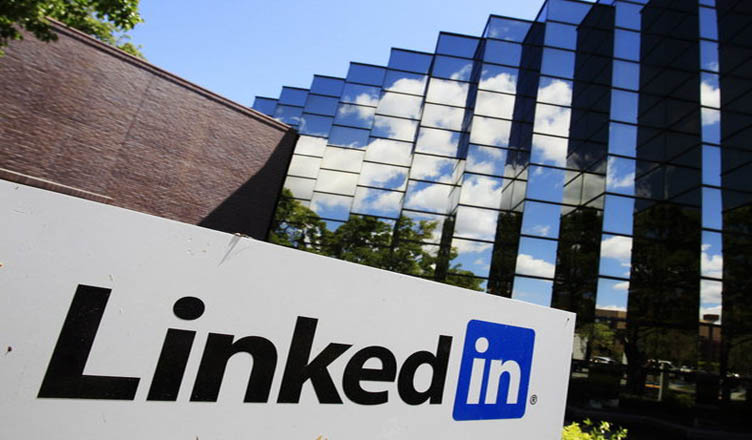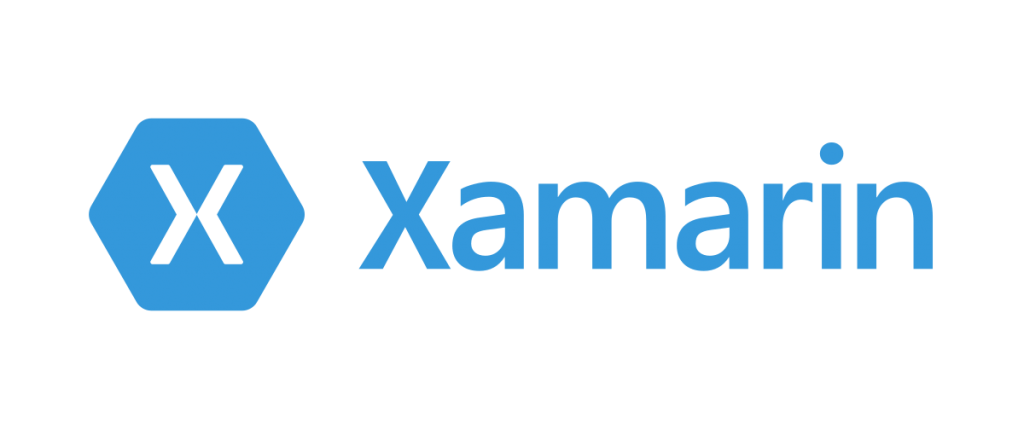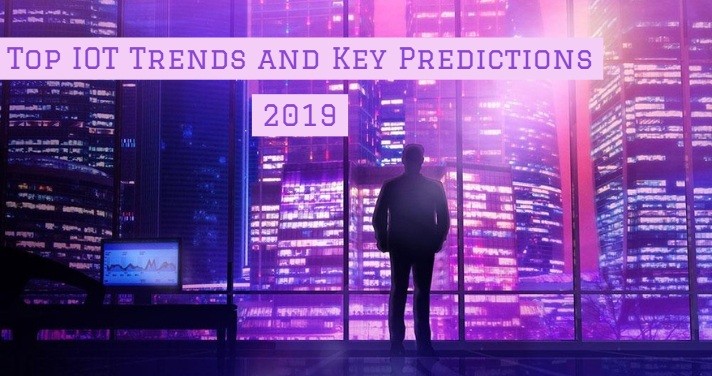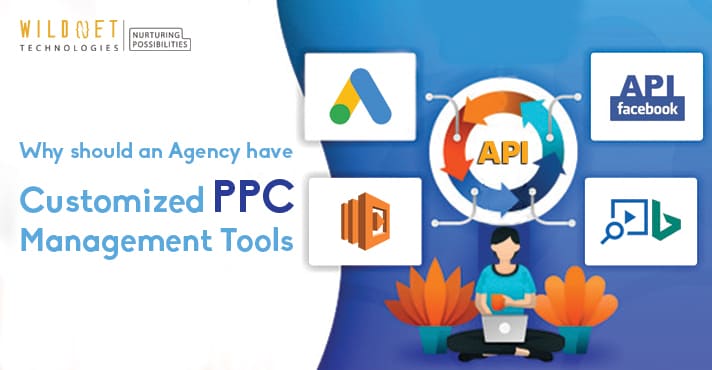People abandon carts. Not everyone but 70% do, and there can be multiple reasons for that. As a brand, you can’t always predict the exact behavior of your customers. But still you can optimize your site to motivate visitors to do a particular action. This all starts with customer journey mapping.
In 2025, if you’re not doing intelligent journey mapping, you’re slimming your chances of conversion success.
So, what to do? Well, we, as the best AI digital marketing services provider, have answered that in our blog. We’ll walk you through the whole process of mapping a stage from to click-to-conversion rate funnel & optimizing it using AI, SEO, and precision testing. So, keep reading.
Key takeaways:
- Track CTR, conversion rate, and click-to-conversion rate accurately with simple yet powerful formulas.
- Set performance benchmarks: aim for 2–5% conversion rates in PPC, higher if precision targeting works in your favor.
- Visualize customer emotions and interactions with clear journey maps, updated regularly, as they help pinpoint friction and delight.
- Use iterative optimization at each stage, like, A/B testing, UX refinement, feedback loops to continuously improve and drive ROI.
- Embrace AI and intelligent automation to personalize and activate engagement at scale, enabling real-time journey adjustments.
Why Mapping the Journey Matters
When a person clicks on your link, it signals that they are interested in your business. But your celebration can wait a little longer because it’s just the beginning. To transform curiosity into action, you need to chart every step, across marketing, touchpoints, emotions, and outcomes. In 2025, with AI personalization and omnichannel behaviors, a strategically mapped journey isn’t optional, it’s essential.
A Journey Fully Mapped Means:
- Uncovering friction between click and purchase
- Designing every stage, from awareness to advocacy
- Measuring click through rate to conversion for true ROI insight
Key Metrics: Definitions & How to Use Them
When you dig deeper into the customer mapping, a few metrics rules like click-to-conversion rate formula can come handy to measure the actual growth. Here, we have explained them in the simplest way so you don’t freak out seeing Maths in marketing.
a) Click-Through Rate (CTR)
What it is:
To measure how compelling your message was, you can use this formula. This measures the percentage of impressions (ads, emails, links) that lead to clicks. It measures how compelling your message is.
Why it matters:
A strong CTR is always good news. This means that your content/ad worked and is engaging the right people at the right time.
b) Conversion Rate (CVR)
What it is:
The percentage of clicks (or visits) that complete a desired action. It can be purchased, signed up, or downloaded.
Common formulas:
Why it matters:
Using this formula, you can identify if your site/landing experience is actually persuasive or not. When your CVR is high, it means it is compelling people once they arrive (Yup! You can do some happy dance now).
c) Click-to-Conversion Rate
What it is:
You wonder which statistic indicates how often a click has led to a conversion? Well, this is it. It is equal to “click through rate to conversion.”
Why it matters:
It tells you how effective your post-click journey is, including your landing page, checkout, forms, and trust cues.
d) Why These Metrics Together Matter
| Metric | What it Measures | Funnel Stage |
| CTR | Engagement & relevance | Awareness → Interest |
| CVR | Persuasion & UX effectiveness | Consideration → Conversion |
| Click‑to‑Conversion Rate | Post-click experience quality | Full funnel effectiveness |
These three are like the powerpuff girls team. All have to work in harmony to attract attention (CTR), maintain interest (CVR), and close smoothly (click-to-conversion rate).
What Success Looks Like: Industry Benchmarks
Mapping is only useful when measured against what’s normal or exceptional.
a) Paid Search Benchmarks (2025)
- CTR: Average ~6.66%
- Conversion rate: ~7.5% across Google Ads
- Industry leaders like automotive & healthcare reach 10–15%+ conversion
b) eCommerce Insights
- Global average click-to-conversion rate: 2 – 4%
- Shopify core stores: avg. 1.4%; top quartile hit 3.2 – 4.7%
c) What is a Good Click-to-Conversion Rate?
- Click-to-conversion rate (PPC): A solid range is 2–5%; top-tier sits above 7–10%.
- eCommerce CRO: Over 3%, particularly 3.2%+ on Shopify, places brands among leaders.
These benchmarks help set realistic goals and uncover where your funnel needs focus.
Visual Journey Mapping: The Major Planning & Plotting Part
When you are starting, the last thing you would want is a clutter of data. Well, we get that and so we recommend you to start simple yet detailed. Chart a map how visitors move from just considering to actually converting. Mention these things in your map:
- Stages: Awareness → Consideration → Conversion
- Touchpoints: What sorts of Ads, content pages, landing pages, conversion pages, you’re going to run.
- User emotions: What emotion they can associate at every stage such as, curiosity, evaluation, decision-making, reassurance.
- Key metrics: Click-through rate (CTR), bounce rate, click-to-conversion rate
- Friction points: The potential points where users hesitate
- Opportunities: In which direction do you want them to make a step
This visual acts as your journey’s backbone, needed before launching targeted optimizations.
Consideration Phase: Nurture Interest & Build Trust
This stage is where users explore your offerings and evaluate whether to convert.
a) Structure or Funnel the Content Journey
- Organize paths from broad awareness (articles, overview pages) to mid-funnel (product/service details) and bottom-funnel (FAQs, trial, pricing).
- Clearly define CTAs at each stage to guide progression.
b) Enrich Engagement Touchpoints
- Use compelling messages like limited-time discounts or promotions to boost interest.
- Integrate interactive elements, product demos, comparison tables, short videos, to engage visitors.
- Ensure messaging aligns with the user’s intent at that micro-moment.
c) Personalize Messaging and Audience Segmentation
- Segment audiences based on behavior (browsing patterns, cart additions) and arrival channels.
- Use tailored messaging such as “Did you know…” prompts to re-engage.
d) Build Trust
- Feature real people words, trusted seals, clear policies, or reviews.
- Collect qualitative insights (e.g., quick user interviews) to understand emotional hurdles and clarify language.
Conversion Phase: Make It Easy and Instant
At this point, users are ready to act. Your job is to minimize friction and instill confidence.
a) Simplify the Experience
- Eliminate unnecessary fields and steps in forms or checkout.
- Offer options like guest checkout, auto-address lookup, and fast payment methods.
- Optimize page speeds, especially for mobile devices.
b) Reduce Friction
- Showcase guarantees, clear return or refund policies.
- Use urgency cues (e.g., low-stock notifications, recent purchase info).
- Highlight value drivers clearly, why this decision makes sense now.
c) Test Continuously
- A/B test variations in CTA phrases (e.g., “Start Trial” vs. “Get Started Now”).
- Experiment with imagery placement, form design, color contrasts, and microcopy.
- Seek small incremental improvements to form layout and flow.
d) Use Real-Time Support
- Put a live chat option, chatbots, or real-time messaging to offer help 24*7.
- Trigger contextual messages based on behavior (e.g., “Need help? See FAQ”).
If you wonder, how can click triggers be used to increase conversion rates, the answer is simple. It creates a sense of urgency, letting customers think that they might miss something good, if they don’t interact now.
Merging Funnel Data and Journey Insights
Combine behavioral data with map-based emotional insights:
- Funnel analytics show drop-off rates and conversion barriers.
- Journey maps explain why users are dropping off (unclear messaging, lack of trust, performance issues).
- Jointly, they help craft targeted interventions, e.g., improve page speed, clarify copy, or inject social proof.
This iterative feedback loop makes the strategy smarter and more efficient.
AI-Powered Enhancements (Optional but Forward-Looking)
Level up with intelligent automation:
- Deploy intent detection tools to prompt live support or share FAQs based on cursor movement or abandon signals.
- Use dynamic personalization to adapt page layouts, product suggestions, or content based on user behavior in real-time.
- Embed AI-powered map updates that refresh your journey visuals based on anonymized user data, creating a living map.
Post‑Conversion → Retention → Advocacy
When you want your customers to become loyal repeat buyers, you can’t be satisfied by just completing a sale. You have to nurture the experience post-conversion. How to do it? That we’ve explained below:
Post-Purchase Experience: Nurture Early Loyalty
The minutes and days after purchase are important:
- Clear Communication: make sure to send purchase confirmations, delivery tracking, and guidance on product usage. This will help the customer feel that you’re there for them.
- Proactive Support: In case of any initial issue, you should provide some helpful resources or self-service tools, so the customers can get some support ASAP.
- Easy Returns & Feedback: Returns should be just about few taps on screen. Ensure it is clearly mentioned and easy to follow. Use surveys to get insights of actual customer journey.
With this, you’re not just simplifying your customer’s journey, but also making them more confident in your service.
Stimulate Repeat Purchases & Loyalty
To retain customers and increase value over time:
- Loyalty Programs: Implement tiered or points-based systems; offer personalized rewards based on purchase history.
- Replenishment & Recommendations: Send timely reminders for consumables and suggest relevant add-ons.
- Community & Support Engagement: Invite users to join user groups or feedback sessions to deepen their relationship.
With these tactics, you can stay at the top of the mind of customers and become their go-to brand.
Fuel Advocacy & Referrals
If your customers are happy, believe us, they can be a better pitcher for your offerings than experienced marketers.
a) Launch Referral Programs
- Set clear referral rate benchmarks: 2 -3.5% is average, 3.5-5% is strong, and over 5% is excellent.
- Use double-sided incentives (rewards for both referrer and referee), these outperform single-sided programs.
- Keep it simple: one-click sharing, ready-made messages, clear value propositions.
b) Track Referral Metrics
Track:
- Referral Rate: % of customers referring
- Referral Conversion Rate: % of those referrals that convert (healthy: 2 – 4%; high: 8 – 12%).
- Customer Lifetime & AOV: Referred customers spend more and stay longer (e.g., +37% retention).
- Cost per Referral: Referrals often reduce acquisition costs by ~50 – 80%.
c) Gamify & Enhance Engagement
- Add fun elements: points, leaderboards, badges, progress bars, contests.
- Use mobile and social sharing to boost reach, e.g., double-sided rewards drive stronger referral activity.
Monitor & Iterate
- Customer Satisfaction Metrics: Use NPS or CSAT to gauge loyalty.
- Support Analytics: Evaluate the volume and type of service inquiries; reduce friction spots.
- Referral Funnel Analysis: Assess participation, conversion, share rate, and time-to-convert (aim <7 days).
These feed back into journey mapping and optimization cycles.
Full-Funnel Integration: Connect Click to Advocate
Here’s how all stages tie together:
| Phase | Goal | Key Metrics |
| Awareness | Attract interest | CTR |
| Consideration | Inform and build trust | Bounce rate, session duration, content engagement |
| Conversion | Drive action | Click-to-conversion rate |
| Post-Purchase | Reinforce value and satisfaction | CSAT, support ticket resolution |
| Retention | Foster repeat purchases | Repeat purchase rate, loyalty program enrollment |
| Advocacy | Inspire and reward referrals | Referral Rate, Referral Conversion, Advocacy ROI |
Future-Ready: The 2025 Edge
- AI-Powered Map Refresh: Auto-updated journey insights highlight friction in real time.
- Predictive Advocacy: Spot potential advocates early and engage them with timely incentives.
- Omnichannel Consistency: Ensure brand experience is seamless across web, mobile, chat, and social.
- Transparency in AI: Build trust in automated tools by explaining how recommendations or support are generated.
Conclusion: Bringing It All Together
In 2025, a successful click to conversion funnel isn’t about isolated metrics, it’s about the seamless orchestration of every stage: Attraction → Consideration → Conversion → Post-Purchase → Advocacy.
The first stage attraction starts when you create a compelling mesage that brings clicks and drives strong click through rates (CTR).
Consideration moves prospects forward with personalized content, trust elements, and clear calls-to-action.
The conversion stage focuses intensely on reducing friction and accelerating decisions. Post-purchase engagement lays the groundwork for loyalty, and advocates, your satisfied customers, become organic champions, amplifying growth.
By understanding and experiencing the journey from the customer’s perspective, and by measuring with precision, you’re building an ecosystem where every click builds toward higher click to conversion rates, greater loyalty, and sustainable growth.
Let the Wildnet’s experts handle it for you. As a leading AI-powered digital marketing agency, we can help you gain the AI advantage. Connect now to explore what we’ve in store for you.
Frequently Asked Questions (FAQs)
1. What is the difference between CTR, CVR, and click-to-conversion rate?
- CTR (Click‑Through Rate) = Clicks ÷ Impressions × 100% — measures attention.
- CVR (Conversion Rate) = Conversions ÷ Clicks or Visits × 100% — measures effectiveness.
- Click-to-Conversion Rate = Conversions ÷ Clicks × 100% — a specific view of post-click success.
2. How frequently should my customer journey map be updated?
Ans. Aim to update your map every three to six months or whenever you add new touchpoints because customer behaviors and channels change often. This maintains the relevance of your optimization.
3. What to mention in a customer journey map?
Ans. When creating a strong map, make sure to add:
- Customer behavior in chronological order
- Emotions and thoughts
- Channels and touchpoints
- Possible Conflicts and Joyful Times
- Possibilities for enhancement
4. How many clicks do I need before I can trust my conversion rate?
Ans. Aim for a sample size that provides statistical confidence. For instance, with an expected 2% conversion, approximately 3,000 clicks offer a reliable snapshot (<±0.5% margin of error).
5. What is a good click-to-conversion rate & how do I improve mine?
Ans. 2-5% is the solid range. 7-10% only reached by top-tier businesses. You can improve your click-to-conversion rates by optimizing through
- Consistent messaging IRL (ads → landing pages)
- Simplified form and checkout UX
- Trust-builders: testimonials, security badges, guarantees
- A/B testing and behavioral analytics
- Real-time assistance like chat triggers
6. Why track post-purchase and advocacy stages?
Ans. Because loyal customers save 50–80% on acquisition costs, spend 37% more, and recommend others. Buyers become growth engines when loyalty and referrals are maximized.
7. Do I need to map B2B and B2C journeys differently?
Ans. Although the specific content, decision cycles, and touchpoints vary, the fundamental concepts are the same for both. Those distinct routes and durations should be reflected on your map.
